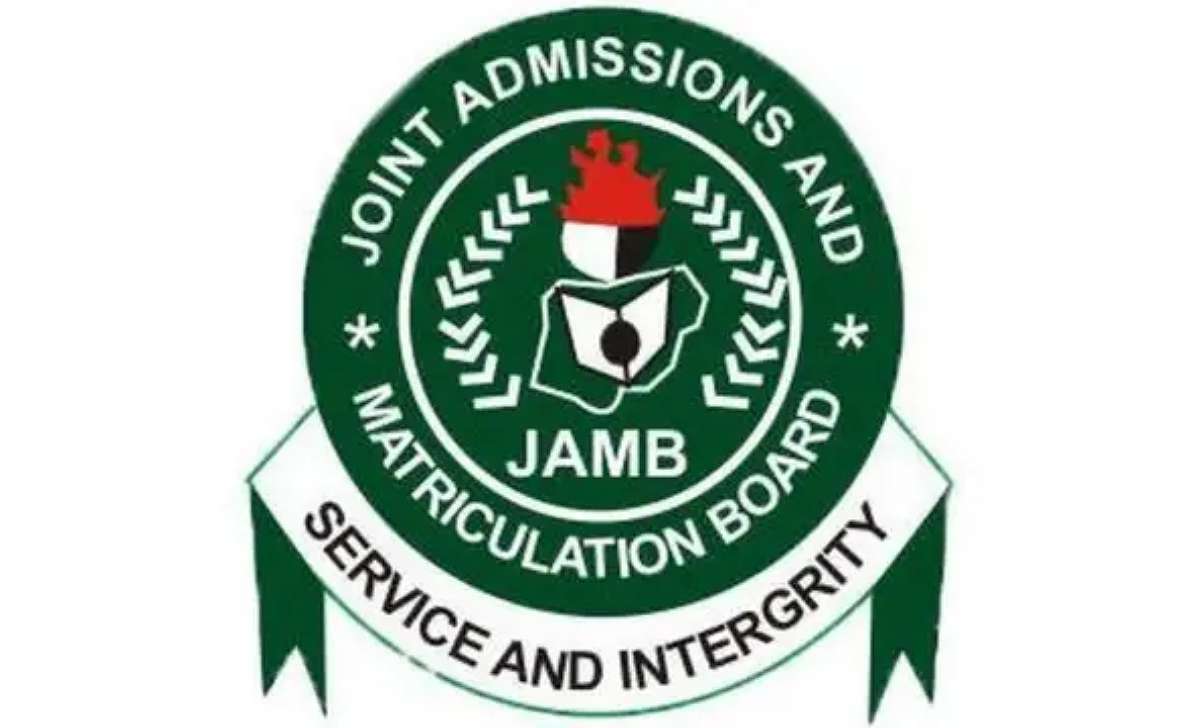JAMB Syllabus for Physical and Health Education covers various topics and subtopics that are essential for a comprehensive understanding of the subject.
The syllabus is divided into several sections, each focusing on different aspects of Physical and Health Education.
Key Sections of the Syllabus
1. Foundations and Principles of Physical and Health Education
This section covers the principles, meaning, scope, and philosophy of Physical Education (PE), as well as the philosophy, objectives, and settings of Health Education.
2. Human Anatomy and Physiology in Relation to PHE
Topics include cells, tissues, and systems of the human body, such as the skeletal, muscular, nervous, circulatory, respiratory, and excretory systems, as well as somatotypes and posture.
3. Theory and Practice of Sports and Games
This section delves into athletics (track and field events), ball games like football and basketball, and racket games such as table tennis and badminton.
4. Food, Nutrition, and Drugs
It addresses topics related to food, nutrition, and the impact of drugs on health.
5. Physical Fitness and Conditioning Programmes
This part focuses on physical fitness and the development of conditioning programs.
6. Recreation, Leisure, and Dance
It explores the concepts of recreation, leisure, and various forms of dance.
7. First Aid and Safety Education
This section covers first aid techniques and safety education principles.
8. National and International Sports Competitions
It provides information on sports competitions at the national level, the roles of institutional games, and international sports competitions along with their governing bodies.
9. Corrective and Adapted Physical Education Programme
This part discusses the meaning and types of disability and special needs, adapted physical activities, social and emotional challenges, prevention of disability, and corrective exercises for rehabilitation.
10. Personal, Community, and Environmental Health
It addresses aspects of personal health, community health, and environmental health.
11. Communicable and Non-Communicable Diseases
This section covers the meaning and causes of diseases, distinguishing between communicable and non-communicable diseases.
12. Family Life and Human Sexuality Education
It explores topics related to family life, human sexuality education, and family planning.
JAMB Syllabus for Physical and Health Education
| TOPICS/CONTENTS/NOTES | OBJECTIVES |
|---|---|
| SECTION A: FOUNDATIONS AND PRINCIPLES OF PHYSICAL AND HEALTH EDUCATION
1. Principles, meaning, scope and philosophy of Physical Education (PE) a. Definition, nature, scope and objectives of PE. b. Philosophy of the Founding Fathers of PE (Hetherington, Dudley Sergent, Thomas Wood, John Dewey). c. History and Development of PE in |
Candidates should be able to:
i. state the meaning, nature, objectives and scope of PE; ii. narrate the philosophy of the Founding Fathers; iii. trace the historical development of PE in ancient Greece, Rome and Nigeria. iv. trace the origin and development of the ancient Greek festivals (Isthmian, Pythian, Nemian and the Olympian). |
| 2. Philosophy, objectives and settings of Health Education
a. Meaning, philosophy and objectives of Health Education b. Settings of Health Education c. Meaning of Health Promotion |
Candidates should be able to:
i. define health education; ii. state the philosophy and objectives of health education; iii. differentiate between the meanings of health promotion and health education. |
| SECTION B: HUMAN ANATOMY AND PHYSIOLOGY IN RELATION TO PHE
1. Cells, Tissues and Systems of the Human Body a. Structure and functions of a typical human cell b. Types of cell and tissue – Epithelial, connective, muscle and nerve. c. Cell division and differentiation – mitosis, meiosis d. Organs and systems of the human body |
Candidates should be able to:
i. identify cell structures and their functions ii. identify types of cell, tissue, organ and system in human; iii. differentiate between mitosis and meiosis; iv. explain cell differentiation v. list organs and systems in the human body. |
| 2. Skeletal system
a. Axial and appendicular skeletons and their functions b. Bones and joints involved in movement |
Candidates should be able to:
i. identify the structure of the human skeleton and their functions; ii. identify types of bone that make up the human skeleton; iii. differentiate types of joint using appropriate examples; iv. identify the different kinds of movement permitted at joints |
| 3. Muscular System
a. Major muscles of the body and their functions b. Isometric and Isotonic contractions |
Candidates should be able to:
i. identify by name and location the major muscles in human; ii. state the functions of major muscles in human; iii. differentiate between isometric and isotonic contractions |
JAMB Syllabus for All Subjects
- * JAMB Syllabus for Agricultural Science 2025/2026
- * JAMB Syllabus for Arabic 2025/2026
- * JAMB Syllabus for Art 2025/2026
- * JAMB Syllabus for Biology 2025/2026
- * JAMB Syllabus for Chemistry 2025/2026
- * JAMB Syllabus for Christian Religious Studies 2025/2026
- * JAMB Syllabus for Commerce 2025/2026
- * JAMB Syllabus for Computer Studies 2025/2026
- * JAMB Syllabus for Economics 2025/2026
- * JAMB Syllabus for French 2025/2026
- * JAMB Syllabus for Geography 2025/2026
- * JAMB Syllabus for Government 2025/2026
- * JAMB Syllabus for Hausa 2025/2026
- * JAMB Syllabus for History 2025/2026
- * JAMB Syllabus for Home Economics 2025/2026
- * JAMB Syllabus for Igbo 2025/2026
- * JAMB Syllabus for Islamic Studies 2025/2026
- * JAMB Syllabus for Literature in English 2025/2026
- * JAMB Syllabus for Mathematics 2025/2026
- * JAMB Syllabus for Music 2025/2026
- * JAMB Syllabus for Physical and Health Education 2025/2026
- * JAMB Syllabus for Physics 2025/2026
- * JAMB Syllabus for Principles of Accounting 2025/2026
- * JAMB Syllabus for Use of English 2025/2026
- * JAMB Syllabus for Yoruba 2025/2026
- * JAMB UTME Syllabus for all Subjects 2025
